Next Time, Travel to Another Beautiful Country to See the Future Eclipse
Watch the moon’s shadow from an Icelandic cliff or the Great Wall of China.
The United States got lucky to see two bands of totality stretch across the country in a relatively short amount of time in 2017 and 2024. But such frequency is not common, and the next solar eclipse won’t cross the States for another 20 years. That doesn’t mean Americans have to wait around for the stars to align; next time, you could combine your celestial viewing with travel to other beautiful countries. After all, you don’t have to be a dedicated eclipse chaser to appreciate some Icelandic geothermal pools or the Australian outback along with your totality. Get ahead of the crowds and expenses for these future solar eclipses we’re particularly looking forward to over the next 30 years.
August 12, 2026: Iceland and Spain
Iceland’s volcanic landscapes, full of black rock and steamy ground, seem like a sci-fi setting just waiting for an eclipse to complete the picture. Reykjavik, Snæfellsnes Peninsula, and the highly underrated Westfjords region will see the longest period of totality, around one or two minutes, so flock to the west coast’s puffin-lined cliffs, lighthouses, volcanoes, and Snæfellsjökull National Park. Further south, the path of totality will swing across much of northern Spain, with Madrid and Barcelona both excellent jumping-off points to catch the action. Park yourself at some ruins or a castle or two directly in the path of totality.
August 2, 2027: Morocco, Tunisia, Egypt, and more
The very southern tip of Spain gets it again in 2027 near Gibraltar, but this time the real winners are in Northern Africa, in places like Morocco, Tunisia, and Egypt. Luxor is the place to be, with over six minutes of totality hovering over the Nile and the nearby Tomb of Nefertari. If in Tunisia, be sure to spend time in Tozeur, which gets about two minutes of totality, but is near the Star Wars sets of Tatooine, so you can pretend there are numerous moons and eclipses in the sky. And a trip to Morocco will have you soaking up five minutes of obscured sunlight in Tangier (check out the Roman tombs on the rocky coastline while there) or four minutes in the blue city of Chefchaouen.
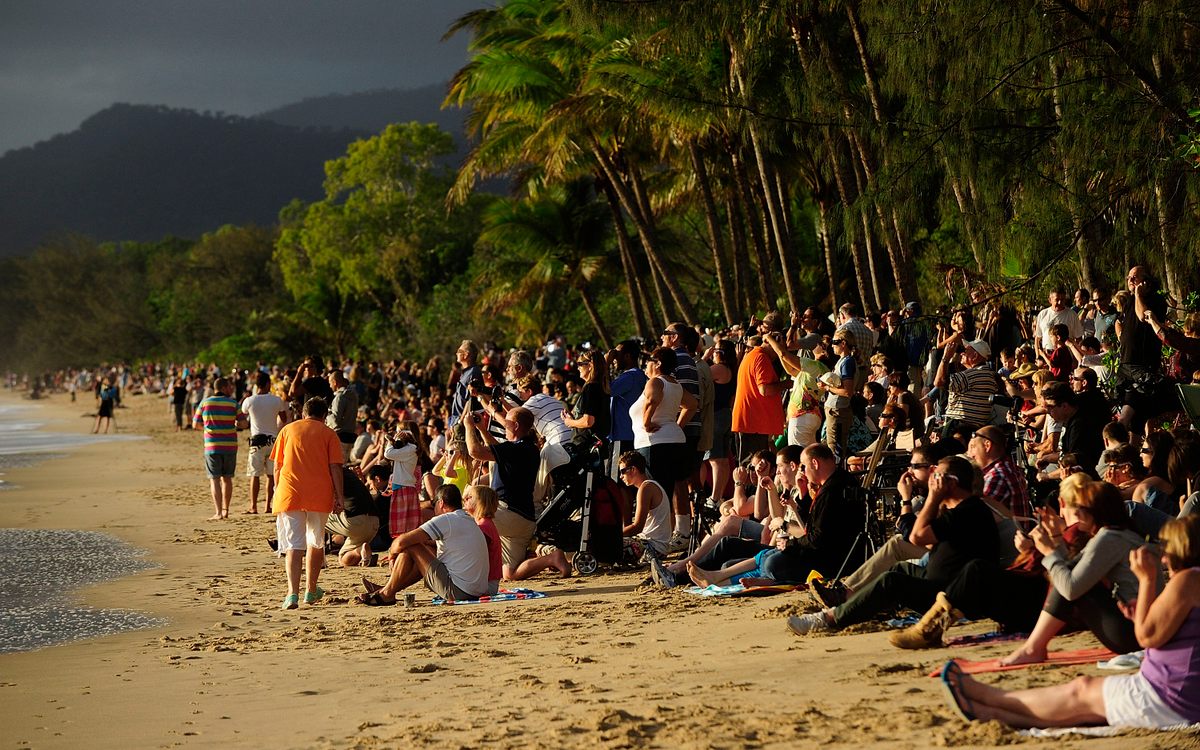
July 22, 2028: Australia and New Zealand
Australia and New Zealand get to brag about numerous eclipses over the next few years, with one on July 22, 2028; another on July 13, 2037; and yet again on December 26, 2038 for a day-after-Christmas delight. You’d be spoiled for choice, since the 2028 path goes directly over Sydney for almost four minutes of totality, and then over Queenstown—and two epic national parks—on New Zealand’s South Island for about three minutes. Ten years later, the 2038 path falls closer to Melbourne and Adelaide in South Australia, as well as the rocky shores of New Zealand, near the clearest water in the world and an impressive split rock. The following year’s eclipse (in addition to hitting Brisbane) spans a good chunk of the gorgeous North Island of New Zealand, where it would be remiss to pass up an opportunity to visit The Shire.
November 25, 2030: Namibia, Botswana, and South Africa
South Africa, Botswana, and Namibia also get to host the Moon’s shenanigans with the Sun a few times in the near future. In 2030, watch two minutes of totality on Namibia’s Skeleton Coast, scattered with shipwrecks and animal bones, or from a couple waterfalls in South Africa. The 2046 eclipse gets more of a spotlight in Botswana, which goes directly over the Makgadikgadi Salt Pans and a dinosaur park north of Johannesburg. Or the 2048 eclipse is closer to the sandy ghost town of an abandoned diamond mine in Namibia.
September 2, 2035: China and Japan
Imagine watching the eclipse from the Great Wall of China, as if it portends an oncoming attack from Genghis Khan’s armies. Since the path of totality for the 2035 eclipse passes over Beijing and some portions of the ancient wall in Inner Mongolia, this would be your chance. The moon’s shadow then heads west over the sea of Japan, casting total darkness just north of Tokyo. Contemplate what ancient societies would have thought of eclipses while at the prehistoric Mawaki Site, or watch the event from the Jade Coast or in a steamy bath with some primates in the Jigokudani Monkey Park.
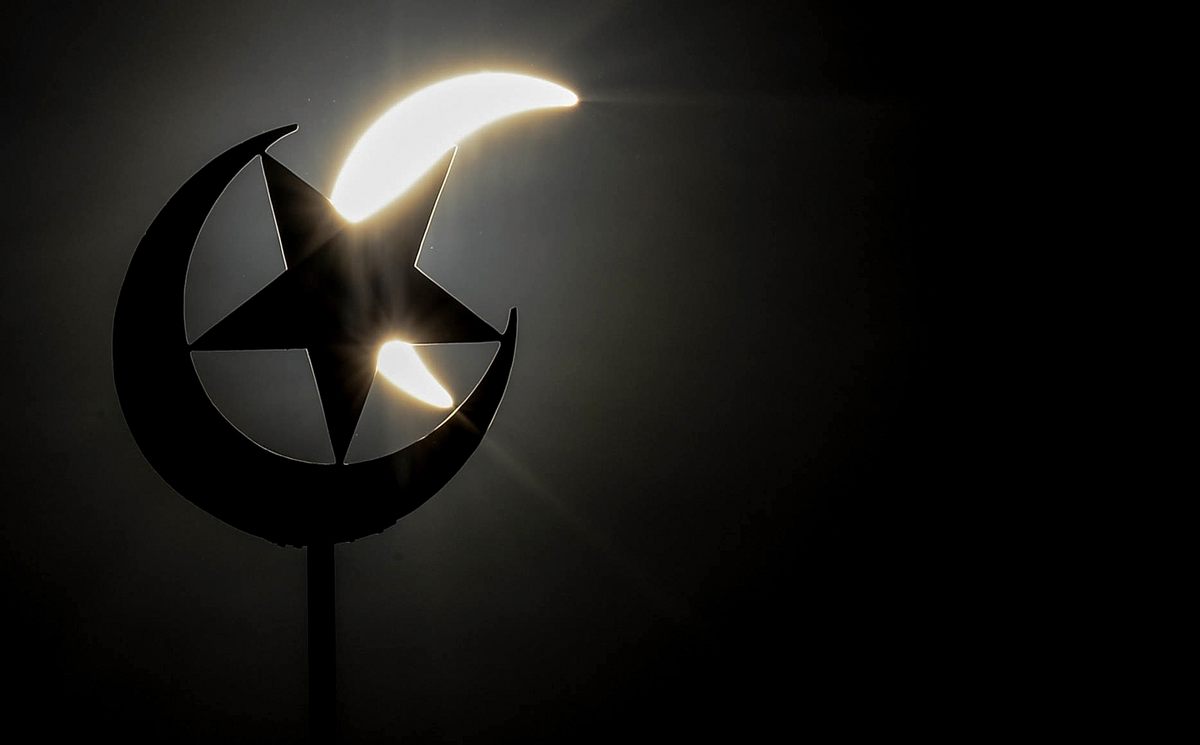
April 20, 2042: Indonesia, Malaysia, and the Philippines
Since the 2042 eclipse path is passing over the stunning tropical islands of Southeast Asia, you’ll have so many paradisiacal reasons other than astronomy to be visiting. In Indonesia, you won’t be far from a bridge made of tree roots or this wondrous monster plant. Really, Sabah is where you want to be, which bathes in totality for nearly four minutes and offers rare fruit, creepy islands, and a floating mosque, as well as beaches and mangroves. Or boat over to the Philippines, with its protected islands and underground rivers. Ruins seem like a fitting place to be, especially ones directly in the path of totality.
August 23, 2044: Canada and the U.S.
North Dakota and Montana are the only parts of the U.S. that will be privy to the solar eclipse in 2044. Fort Berthold, Fort Peck, and Fort Belknap are three Native American reservations that will experience totality for a couple minutes; the rest of the path is mostly in Canada. In addition to Calgary and Edmonton, Banff and Jasper National Park are excellent places to be for the event, with plenty of jagged peaks to frame the skies. Get unmatched views from a weather observatory on top of a mountain, or witness the phenomenon from a methane lake or a troll-guarded waterfall. Further north, Yellowknife gets to trade its plentiful aurora borealis for an eclipse show, so it’s particularly bound to be an astrotourism destination that year.
August 12, 2045: The U.S., Caribbean, and Brazil
The solar eclipse returns in 2045 to span most of the U.S., from California to Florida. This time, some of the big cities closer to the path of totality will be San Francisco, Reno, Salt Lake, and Denver. That means while you chase the eclipse, you can also hunt for Bigfoot, see giant trees or painted dunes, soak in hot springs, or stop in ghost towns, all while under the moon’s shadow. The path will then curve southeasterly over Oklahoma, Arkansas, Mississippi, and Alabama before passing right over Orlando and a bit of Miami. It doesn’t stop there; the eclipse continues to the Bahamas, much of the Caribbean, and all the way down to Brazil.
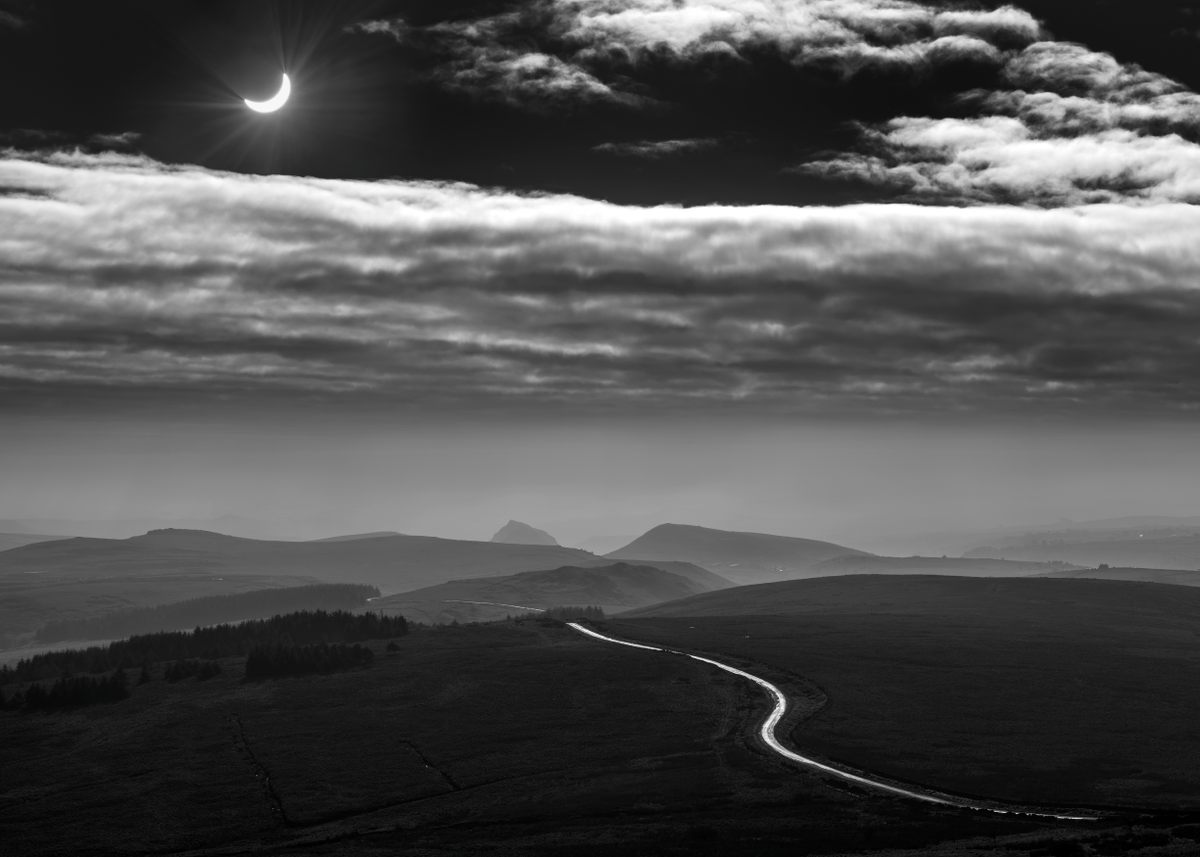
December 5, 2048: Chile and Argentina
Chile and Argentina, which just got a dose of eclipse time in 2019 and 2020, won’t see one again till 2048. Still, you’ll be glad in 20 years that you put it in your calendar if you get a chance to watch totality while in Patagonia. The temporary darkness will pass over the Petrified Forest of José de Ormachea and the Marble Caves of Chile Chico are not far. The path of totality passes through the middle of a chain of national parks in Chile, right between the glaciers and fjords of Laguna San Rafael to the south and the stunning lakes and rivers regions to the north.
March 30, 2052: Mexico and the U.S.
Mexico is a fantastic place to be during solar eclipses, since the skies in this dry climate are rarely cloudy. The 2052 path will hit just north of Guadalajara, so try stationing yourself in beachy Puerto Vallarta or artsy Aguascalientes. Some intriguing places along the eclipse route include a hidden beach, petroglyphs, a very long suspension bridge in the mountains, and a crater rumored to be a treasure stash. The path of totality then continues on to the panhandle of Florida, a corner of Alabama, through Georgia, and a touch of South Carolina. Places like Charleston, Savannah, Tallahassee, and Panama City will be under the shadow for around three minutes. If you can, take in the heavens from a fairy tale cottage, some swampy canals, or, appropriately, a large sundial.
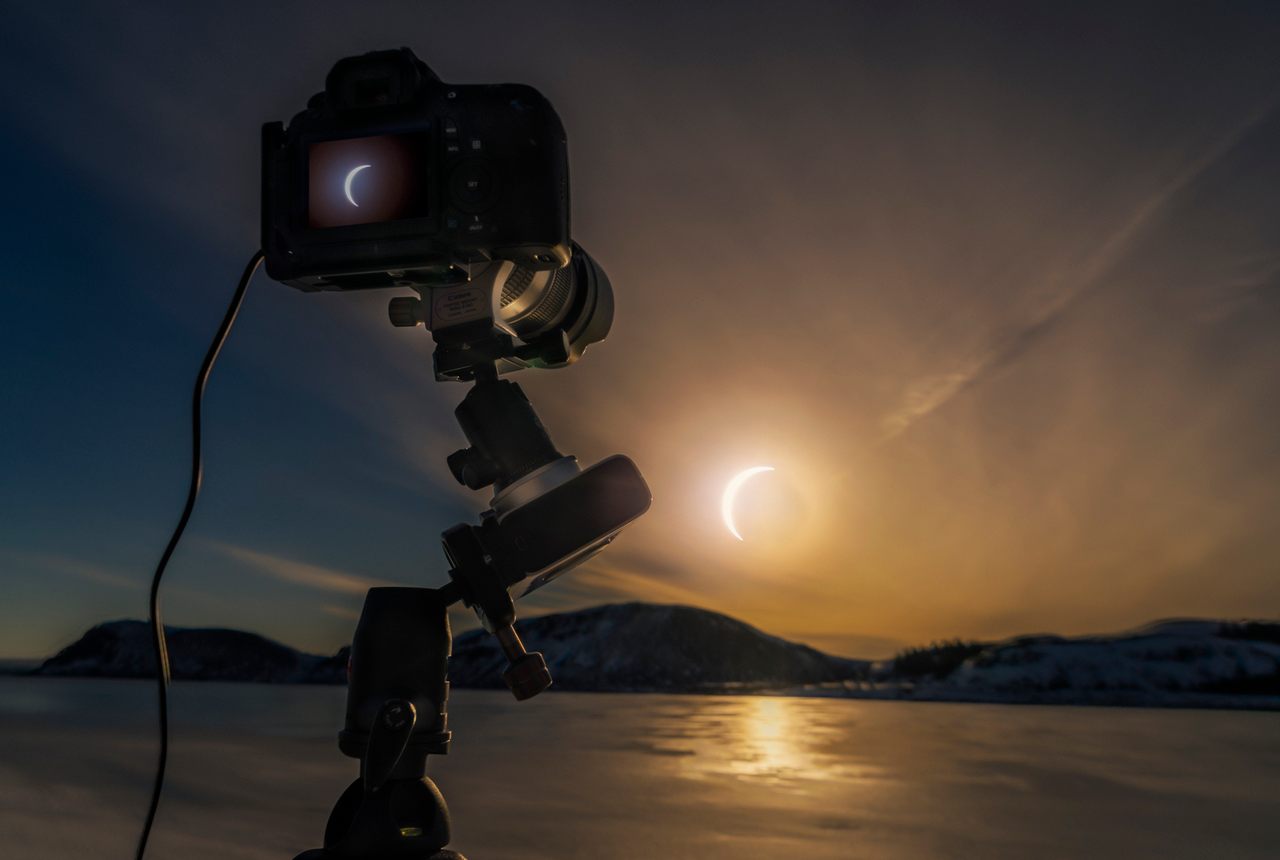

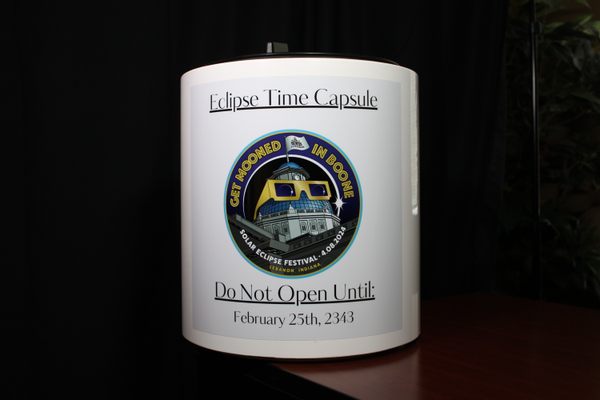

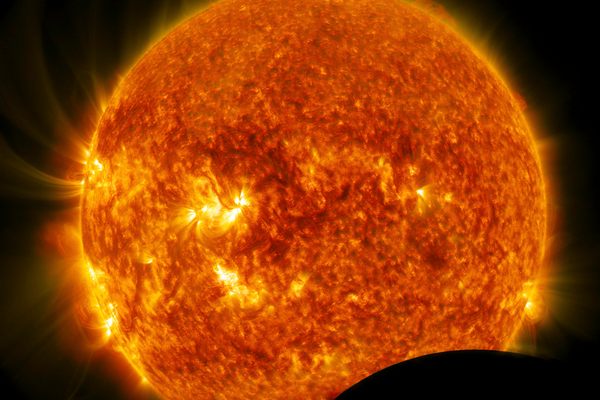










Follow us on Twitter to get the latest on the world's hidden wonders.
Like us on Facebook to get the latest on the world's hidden wonders.
Follow us on Twitter Like us on Facebook